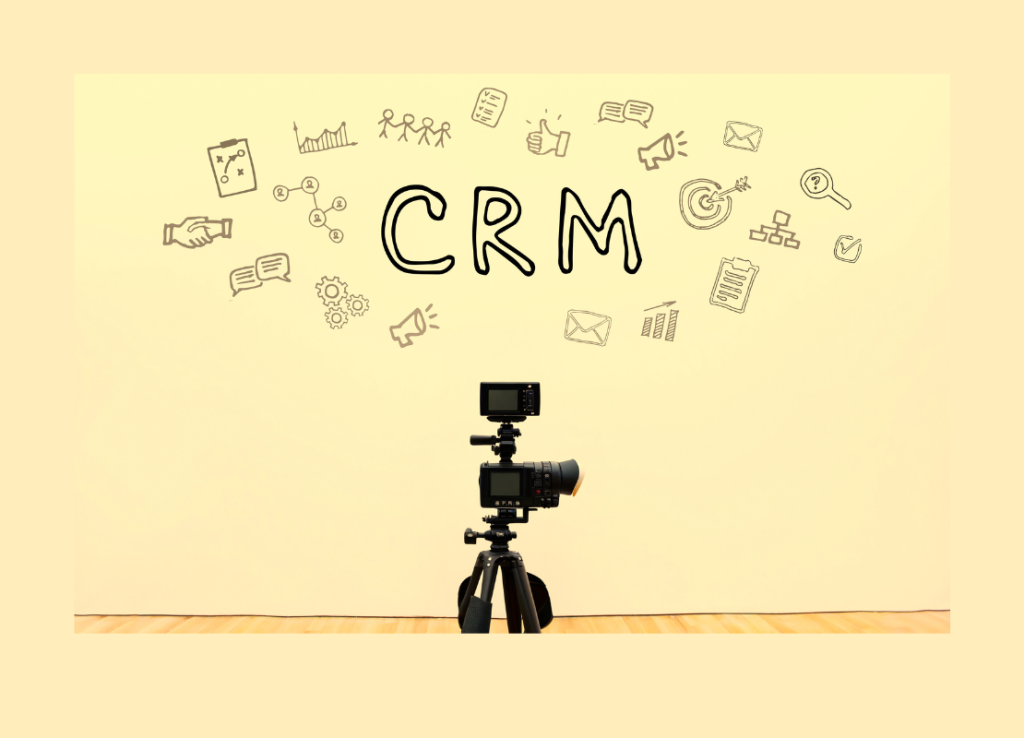Building a CRM Strategy: All You Need to Know
In today’s hyper-competitive business landscape, fostering strong customer relationships is paramount to success. This is where a well-defined CRM strategy, powered by the right Customer Relationship Management (CRM) system, comes into play. More than just software, a CRM strategy is a comprehensive plan for managing interactions with prospects and customers, ultimately driving sales growth, improving customer retention, and fostering brand loyalty.
This article explores the essential elements of building a winning CRM strategy.
1. Define Your Goals and Objectives:
Before diving into implementation, clearly articulate what you aim to achieve with your CRM. Are you looking to shorten your sales cycle, improve customer retention rates, boost customer lifetime value, or personalize customer interactions? Clearly defined goals will guide your strategy and enable you to measure success.
2. Understand Your Customers:
A successful CRM strategy hinges on a deep understanding of your target audience. Develop detailed buyer personas that encompass demographics, buying behaviors, pain points, and motivations. This knowledge will enable you to segment customers effectively and tailor interactions for maximum impact.
3. Choose the Right CRM System:
Selecting the appropriate CRM software is crucial. Consider factors like business size, industry specific needs, budget, integration capabilities with existing systems, and scalability. There are numerous options available, from cloud-based solutions to on-premise software. Don’t hesitate to leverage free trials and demos to make an informed decision.
4. Data Integration and Migration:
Ensure a smooth transition by carefully planning data migration from existing systems into your new CRM. This may involve cleansing and standardizing data to ensure accuracy and consistency. Integrate your CRM with other essential business tools, such as marketing automation platforms and email marketing services, to create a unified view of customer data.
5. Streamline Business Processes:
Analyze your current sales, marketing, and customer service processes to identify areas for improvement. Automate repetitive tasks like data entry, lead nurturing, and email campaigns, freeing up your team to focus on higher-value activities that require a human touch.
6. Empower Your Team:
Provide your team with the necessary training and resources to fully utilize the CRM system. Foster a data-driven culture where employees understand the importance of capturing and leveraging customer insights. Encourage adoption by highlighting how the CRM can simplify their workflows and improve productivity.
7. Personalize the Customer Experience:
Leverage the data within your CRM to create personalized experiences for your customers. Utilize segmentation to tailor your messaging and offers based on individual customer preferences, purchase history, and browsing behavior.
8. Monitor, Analyze, and Optimize:
Regularly track key metrics such as customer acquisition cost, lifetime value, and churn rate to gauge the effectiveness of your CRM strategy. Use analytics dashboards to identify trends, patterns, and areas for improvement. Be agile and make adjustments based on data insights.
9. Continuous Improvement:
A CRM strategy is not a one-time implementation but an ongoing process. Encourage feedback from your team and your customers to identify areas for enhancement. Stay informed about industry best practices and updates to your chosen CRM software.
Conclusion:
A well-executed CRM strategy can be a game-changer for businesses of all sizes. By focusing on understanding your customers, choosing the right technology, and fostering a customer-centric approach, you can build stronger relationships, drive revenue growth, and achieve sustainable success. Embrace the power of CRM and watch your business flourish in today’s competitive marketplace.

